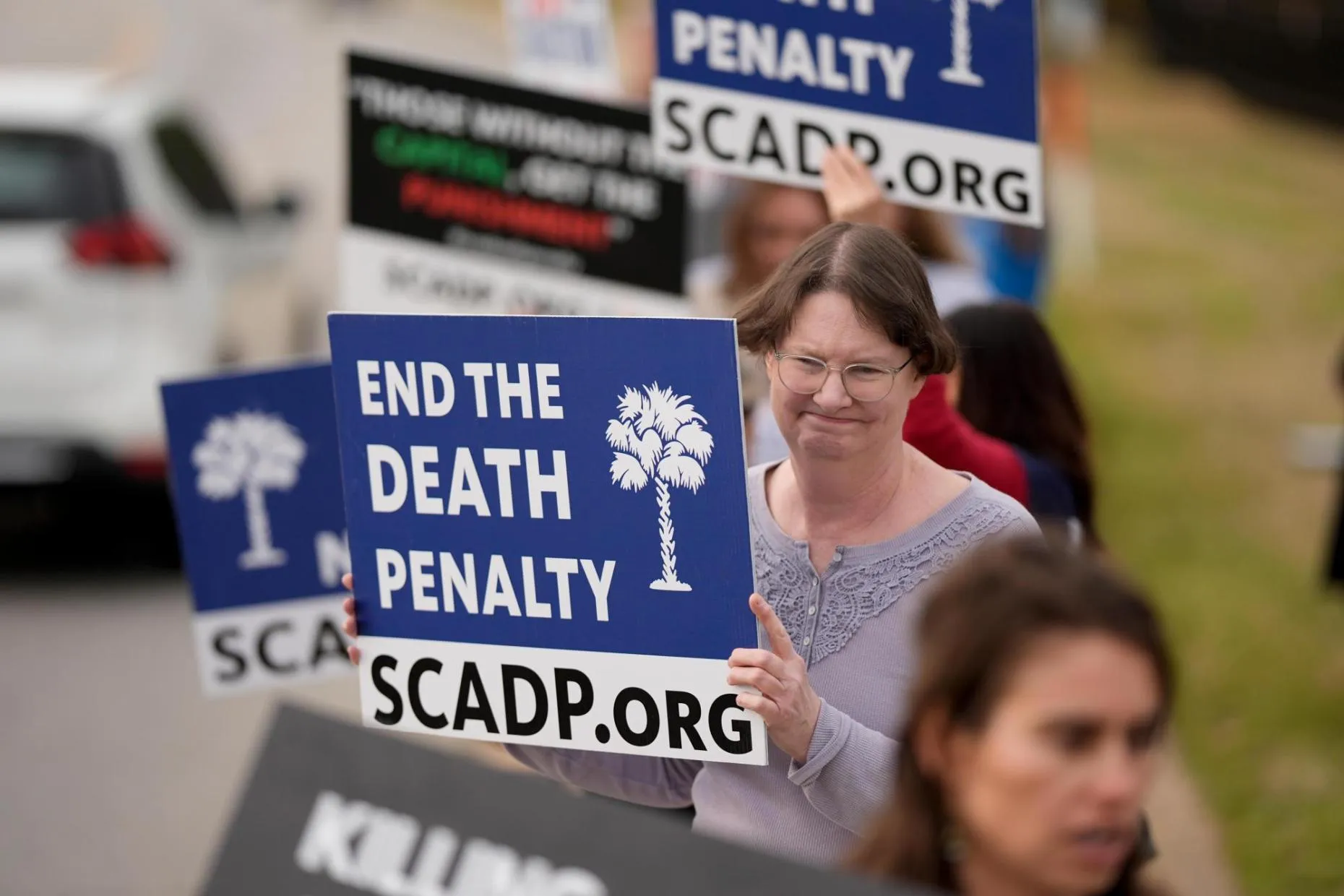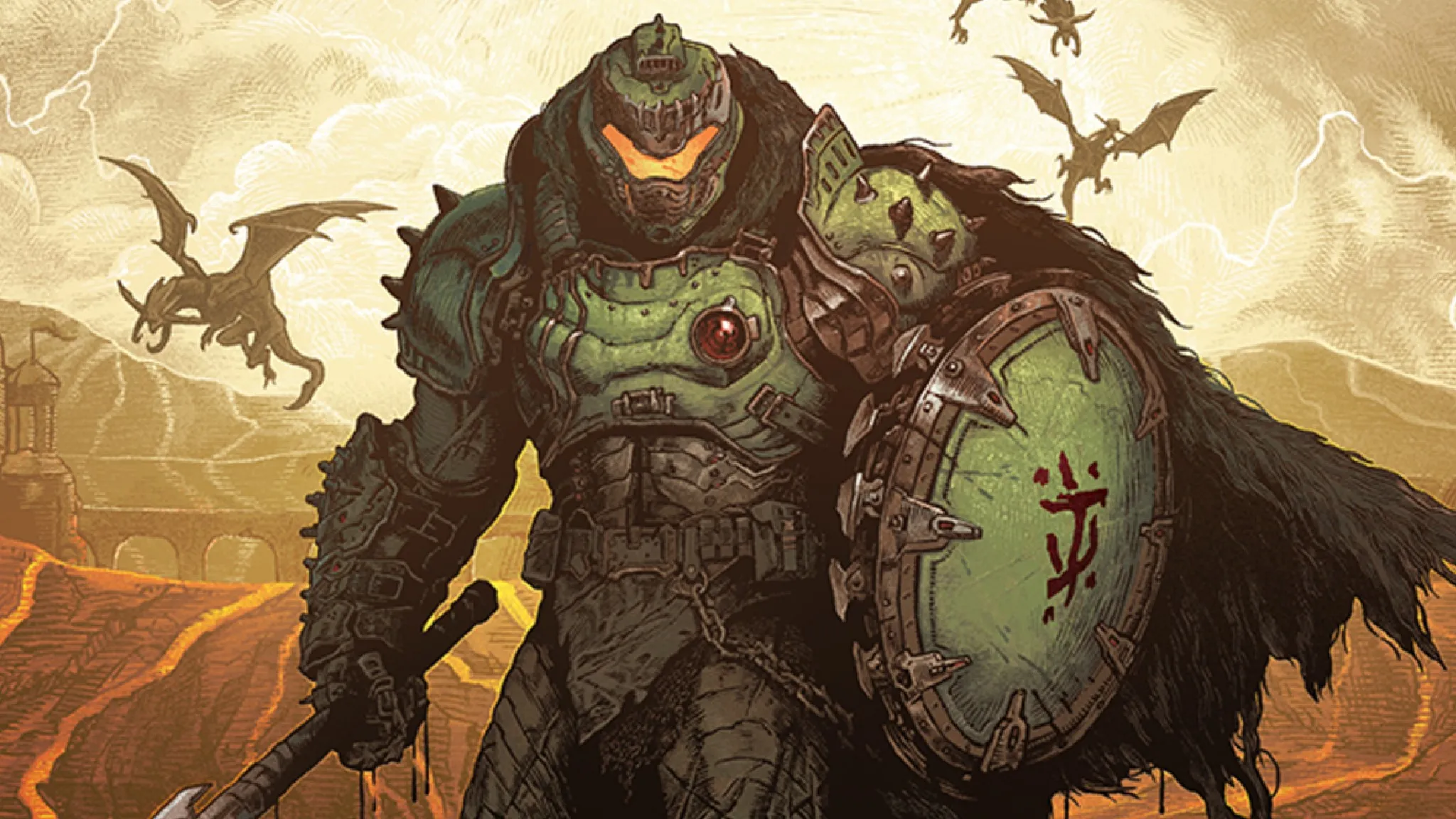South Carolina’s Shocking First Firing Squad Execution: What You Need to Know
COLUMBIA, S.C. — On March 7, 2025, South Carolina witnessed a significant and controversial event in its history of capital punishment. Brad Keith Sigmon, a 67-year-old inmate, became the first person executed by firing squad in the United States since 2010. This execution marks a pivotal moment, raising questions about the ethics and future of capital punishment in the country.
Background of the Case
Sigmon was convicted in 2002 for the brutal murder of his ex-girlfriend’s parents, David and Gladys Larke, using a baseball bat in a failed kidnapping attempt. His actions, driven by a delusional plan to take their daughter for a romantic weekend, led to a tragic loss of life. After spending over two decades on death row, Sigmon chose the firing squad as his method of execution, citing fears of suffering from electrocution or lethal injection.
Legal Framework and Execution Details
The firing squad execution was conducted at the Broad River Correctional Institute in Columbia, South Carolina, where this method became legal in 2021 due to challenges in obtaining lethal injection drugs. Three volunteer corrections staff members participated in the execution, aiming at a target on Sigmon’s chest from a distance of 15 feet. This method of execution has a long and violent history, previously used in the U.S. for military offenses and political repression.
Sigmon was pronounced dead at 6:08 p.m. after the execution team fired simultaneously. Witnesses, including media representatives and family members of the victims, described the event as a shocking spectacle. Sigmon’s last meal consisted of fried chicken, green beans, mashed potatoes with gravy, biscuits, cheesecake, and sweet tea.
Public Reaction and Ethical Considerations
The execution sparked protests outside the prison, with demonstrators holding signs advocating against the death penalty. Supporters of Sigmon, including his attorney, condemned the execution as a “barbaric, state-sanctioned atrocity.” They argued that he had transformed his life in prison, becoming a model inmate who sought redemption for his past actions.
The Larke family expressed their devastation over the murders, highlighting the long-lasting impact on their lives. Sigmon’s choice of execution method has reignited discussions about the morality of capital punishment, particularly in a modern context where many states are re-evaluating their approaches.
Future of Capital Punishment in South Carolina
South Carolina currently has 28 inmates on death row, with plans for more executions in the coming months. The state has a history of executing inmates, with 46 prisoners put to death since 1985, primarily by lethal injection and electrocution. The return of the firing squad raises concerns about the future trajectory of capital punishment in the U.S., particularly as states grapple with ethical dilemmas surrounding execution methods.
Conclusion
The execution of Brad Keith Sigmon marks a significant moment in South Carolina’s history and the broader conversation about capital punishment in the United States. As public opinion continues to evolve, the implications of this execution may lead to further scrutiny of the death penalty and its methods. The discussions surrounding this event are likely to persist, as advocates on both sides of the issue seek to influence future policies and practices in the realm of capital punishment.






Leave a Comment